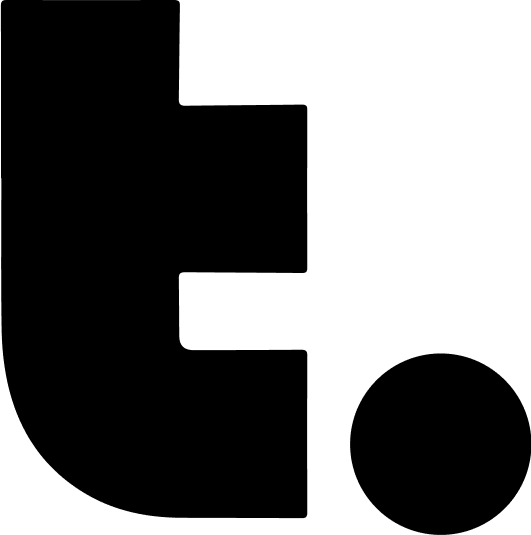CLAUDE MONET
Monet put himself in the picture and broke a cardinal rule of the movement he had created. Though Impressionism did not attempt to replicate life, it valued the subjective truth of observation above all else, with an intense focus on light and colour to portray the titular ‘impression’ of the scene being painted. Here, Monet works en plein air, the act of painting outdoors, to capture the soft hues of the Siene in situ, playing with the light so exactly that we can sense the hour of the day in which he was painting. These works were not unusual in his oeuvre, his Siene paintings are numerous and the studio boat depicted was purchased by him in order to allow him to get greater views from which to execute a greater number of these works. Yet, in this painting, Money depicts himself in the studio boat he paints, betraying his observation with a depiction he could only imagine. He places himself in the centre of the scene, emphasising the creative role of the artist and the autonomy of painting as an act made by the individual.
JOAN MIRO
Abstract screams ring across a smoky landscape. Bright colors try to break through, being choked by darkness that swirl around them leaving only the ghost of their presence behind. The figures reveal little of their origin, anthropomorphic shapes that exist in a nether-world of nature, changing species with each observation – save for the unmistakable mouth of a human that forms the central focus of this work. She is a woman, and she screams towards the sky in desperation in agony as the bombs of the Spanish civil war fall around her. Picasso had revealed Guernica, his masterpiece in protest of the same war, the previous year, and the pose of Miró’s screaming women matches almost perfectly that of a horse in the right of Picasso’s work. An almost unclassifiable artist, Miró’s work veered between surrealism, fauvism, and expressionism but remained always uniquely his own. Often childlike and plumbing the depths of his subconscious, this work oozes with a tragedy and darkness quite unusual for the artist known for his playful, witty works.
JOSEPHINUS AUGUSTUS KNIP
For three years, the Dutch painter Josephus Augustus Knip lived in Rome, and would frequently travel around Italy to visit sites of historical importance and natural beauty. He painted watercolours during this time, and made constant sketches of his surroundings, depicting the soaring Italian landscape and the crumbling beauty of its ancient structures. Having worked as the court artist for Napoleon III, these Italian works were modest in comparison to his previous oeuvre, being prepared and finished on card, paper and panels, and being executed exclusively in pencil and watercolour. Yet, when he returned to the Netherlands, he used these sketches to paint more soaring, significant works such as this. The landscape depicted here is imaginary, yet grounded in pure observation. Knip collapses hundreds of miles and thousands of years into a single painting, depicting the coastline of Naples, with the island of Ischia and the volcano Epomeo in the background, but incorporates the ruins of buildings in Rome and rural Italy, with the remnants of the coliseum on the left and Nero’s aqueducts in the middle. It is an ode to the country in a simple square, a flattening of time and place into pure, joyous aesthetics.
2h 7m
10.15.25
In this clip, Rick speaks with Tyler Cowen about censorship in the modern world.
<iframe width="100%" height="265" src="https://clyp.it/xyss2pgl/widget?token=75c9a2df1ab9ae9fc155fc64c9ce7419" frameborder="0"></iframe>
<div style="padding:56.25% 0 0 0;position:relative;"><iframe src="https://player.vimeo.com/video/1126963255?badge=0&autopause=0&player_id=0&app_id=58479" frameborder="0" allow="autoplay; fullscreen; picture-in-picture; clipboard-write; encrypted-media; web-share" referrerpolicy="strict-origin-when-cross-origin" style="position:absolute;top:0;left:0;width:100%;height:100%;" title="Acting Shakespeare - Using the Verse clip 1"></iframe></div><script src="https://player.vimeo.com/api/player.js"></script>








Saturday 18th October
The Moon deepens into the constellation of Leo before crossing the threshold into an earthy sign. The early morning is unfavourable for gardening, as the Moon passes across the ecliptic path of the Sun, creating a moment of cosmic confusion. This liminal space can stir tensions both in the soil and within ourselves, calling for stillness rather than action. Biodynamics seeks to enhance the vitality of the garden and all its relationships by attuning to the macrocosmic rhythms and mirroring their gestures within the garden organism itself. In recognising these patterns, we begin to work not only with nature, but through her.